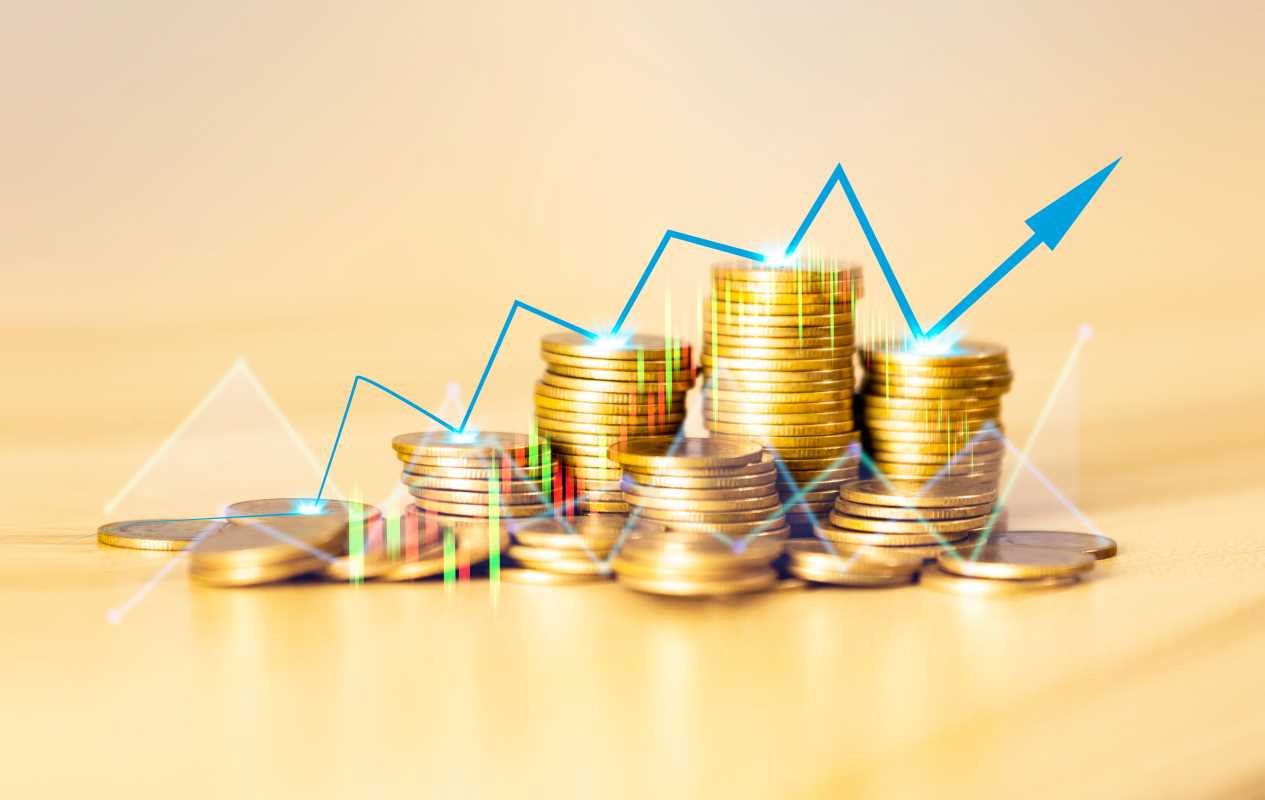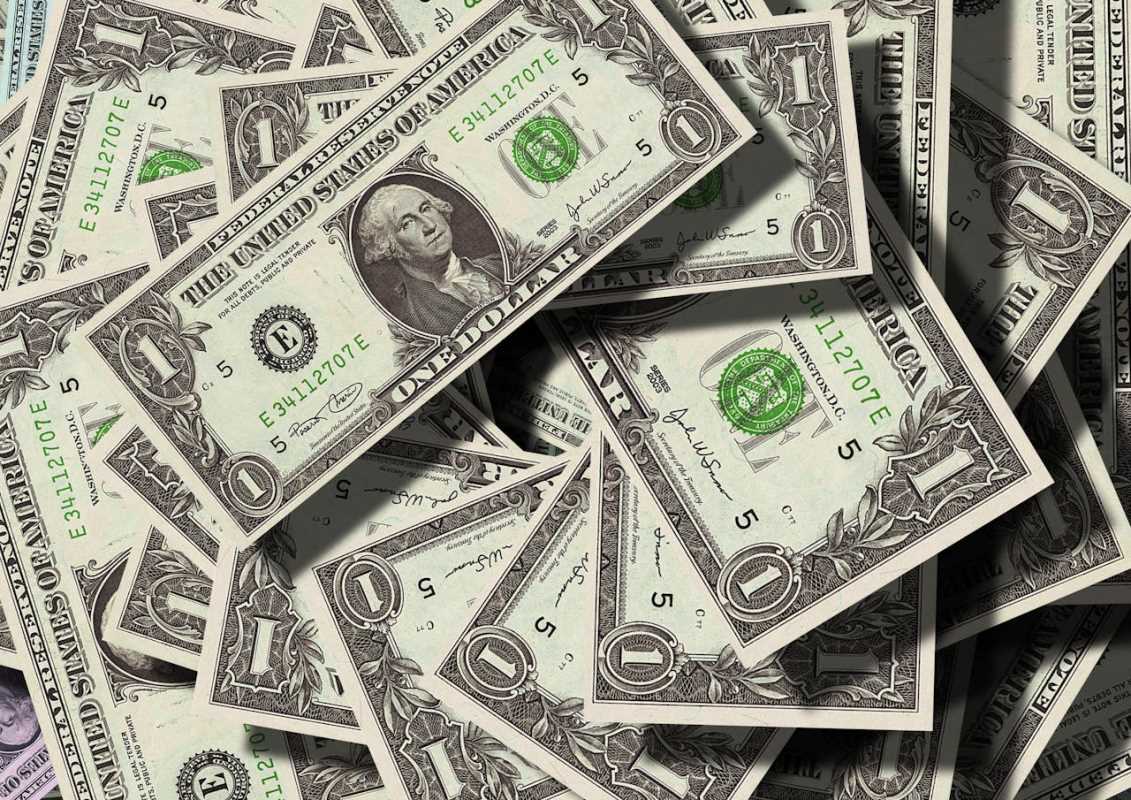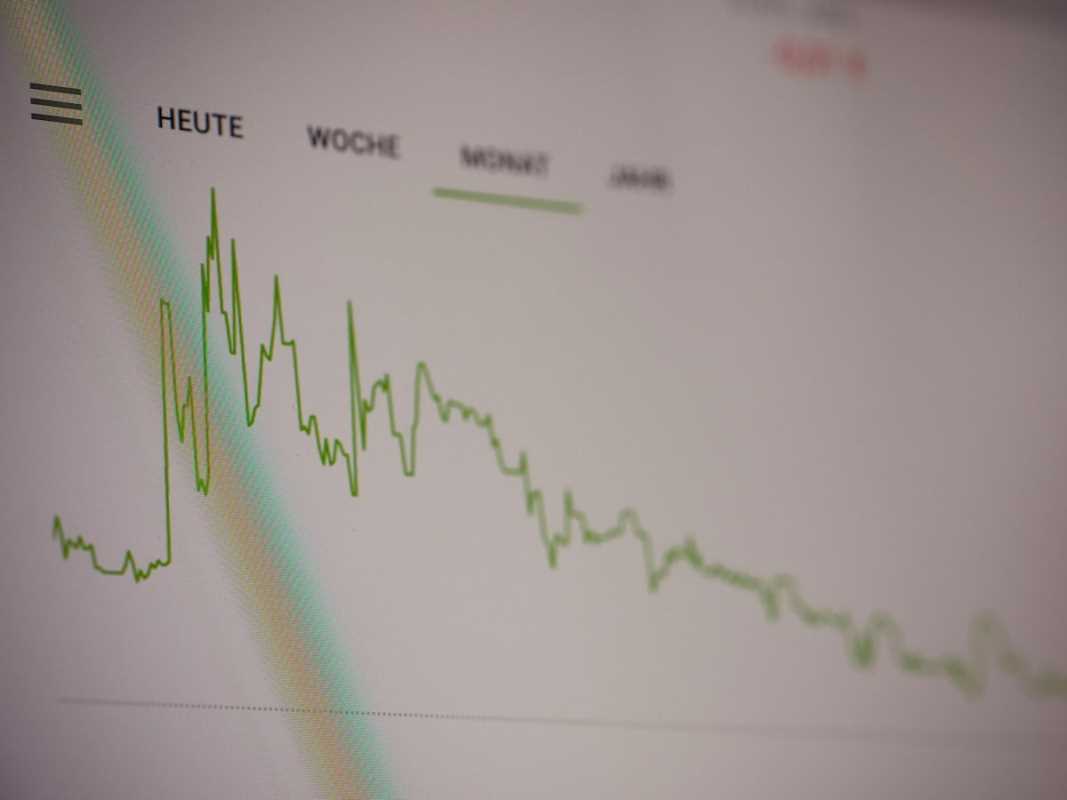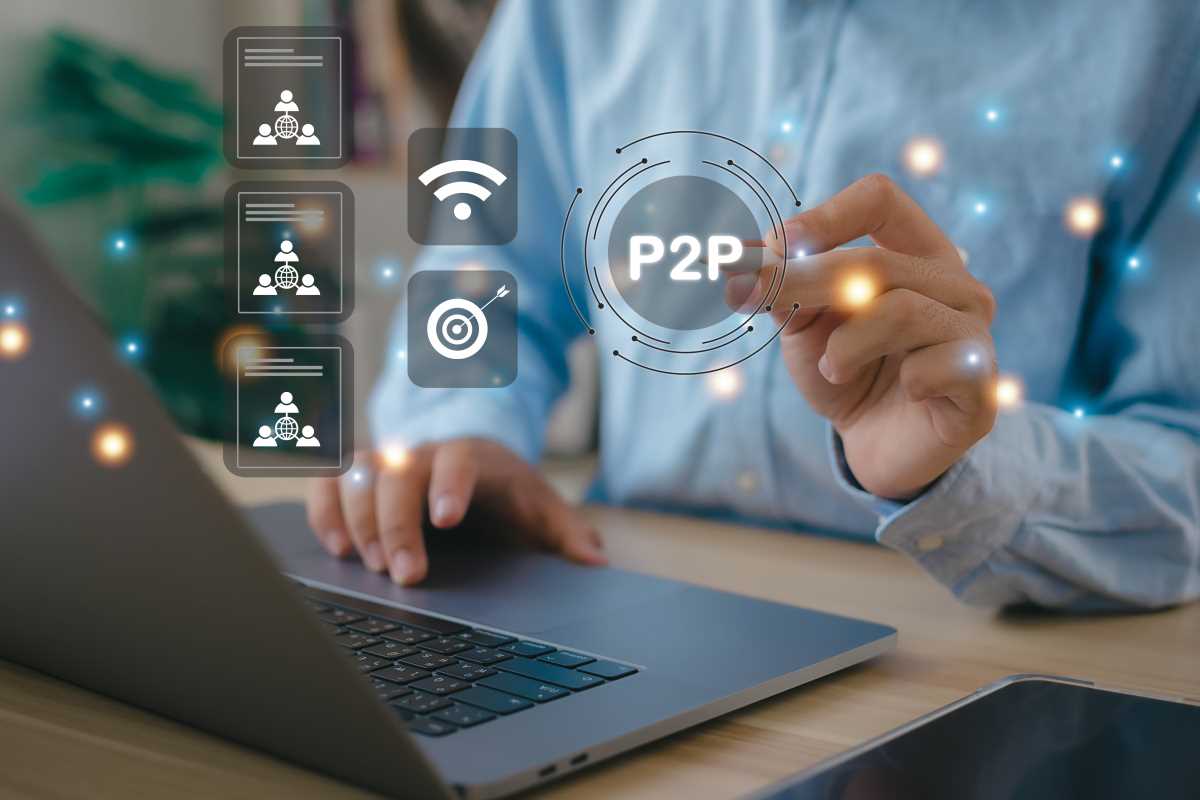Stock buybacks, also known as share repurchase programs, are a corporate strategy that has steadily gained traction over the past few decades. For investors, buybacks can signal different things depending on the context, making them important to understand. This article explains what stock buybacks are, why companies use them, and what they might mean for you as an investor.
What Are Stock Buybacks?
A stock buyback occurs when a company purchases its own shares from the marketplace. Companies often use their excess cash to execute this strategy. Once repurchased, these shares are either retired or held as treasury stock, effectively reducing the number of shares available in the market.
How Buybacks Work
When a company announces a buyback, it typically sets aside a specified amount of money to purchase shares. Buybacks can be executed in several ways:
- Open Market Purchases: The company buys shares at prevailing market prices, just like any other investor.
- Tender Offers: The company offers to buy back shares from shareholders at a specified price, often at a premium.
- Private Negotiations: The company repurchases shares from specific investors or internal stakeholders.
Regardless of the method, the end result is usually a decrease in the total number of outstanding shares.
Why Do Companies Buy Back Stock?
Stock buybacks are driven by several motives, each with varying implications for investors. Understanding these motives can help you assess whether a buyback could benefit the company and, in turn, your investment portfolio.
Returning Value to Shareholders
The most common reason companies execute buybacks is to reward their shareholders. By reducing the number of outstanding shares, each remaining share represents a larger ownership stake in the company. This can increase earnings per share (EPS), which is often seen as a positive indicator of a company’s profitability.
For example, if a company has $1 million in earnings and 1 million outstanding shares, the EPS is $1. If the company buys back 100,000 shares, the EPS jumps to $1.11, assuming earnings stay constant.
Indicating Confidence in the Company
Management often sees buybacks as a way to signal confidence in their business. If executives believe the company’s stock is undervalued, purchasing shares demonstrates their faith in the company’s future growth and performance.
However, such a signal can be a double-edged sword. While it might inspire confidence, some skeptics argue that companies should use excess cash for productive investments, like research and development or strategic acquisitions, rather than buybacks.
Adjusting Capital Structure
Companies also use buybacks as a tool for optimizing their capital structure. By repurchasing shares, they reduce the equity portion of their financing and may increase their debt-to-equity ratio, a move that can lower their overall cost of capital.
For industries with stable cash flows, this strategy often makes sense. For example, large consumer goods companies, which tend to have dependable earnings, frequently conduct buybacks to maintain a favorable capital structure without overly burdening themselves with debt.
The Implications of Stock Buybacks for Investors
While stock buybacks might seem like a straightforward financial maneuver, they can have nuanced impacts for investors. To better understand what buybacks mean for your portfolio, consider these key implications.
Positive Impacts on Share Value
When executed efficiently, buybacks can lead to increased share prices in two ways. First, the act of reducing share supply boosts the value of remaining shares. Second, in the short term, the announcement of a buyback often creates anticipation, driving demand and raising the stock price.
Apple has consistently used share repurchases as part of its capital return strategy. Over the years, these buybacks have contributed to the company's strong stock performance, benefiting long-term investors.
Tax Efficiency Compared to Dividends
Buybacks are often preferred over dividends from a tax perspective. While dividends are taxed as income, the financial benefits of buybacks increase a stock’s value, meaning investors are only taxed if they sell their shares for a gain. This advantage makes buybacks a more tax-efficient way to return value, especially for investors in higher tax brackets.
Potential for Misuse
Not all buybacks are created equal, and it’s important to evaluate the context. Companies can use buybacks irresponsibly, particularly if they’re financed with excessive debt or executed at inflated stock prices. This could erode shareholder value in the long term.
During the 2008 financial crisis, some companies faced criticism for conducting aggressive buybacks in previous years, leaving them with limited cash reserves when the downturn hit. This highlighted the potential risk of prioritizing short-term share price gains over long-term stability.
Impact on EPS Manipulation
While increasing EPS is generally good, it can also be a tool for masking underlying issues. Companies may resort to buybacks to artificially inflate their EPS, creating the appearance of growth even when net earnings are stagnant or declining. This can mislead investors into an overly optimistic view of the company’s performance.
Evaluating Buybacks as an Investor
When a company announces a buyback, consider the following factors to assess its impact on your investment:
- Reason for the Buyback: Review the company’s statements and financial health to determine if the buyback is a responsible use of cash.
- Valuation of the Stock: Check if the stock is undervalued. A buyback is more beneficial when a company purchases its shares at a price below their intrinsic value.
- Funding Source: Analyze whether the company is using excess cash or taking on debt to fund the buyback. A debt-funded buyback might increase risk if the company already has high leverage.
Companies like Berkshire Hathaway, led by Warren Buffett, are known for smart buybacks. Buffett has stated he only authorizes share repurchases when they trade below intrinsic value and the company holds sufficient cash reserves.
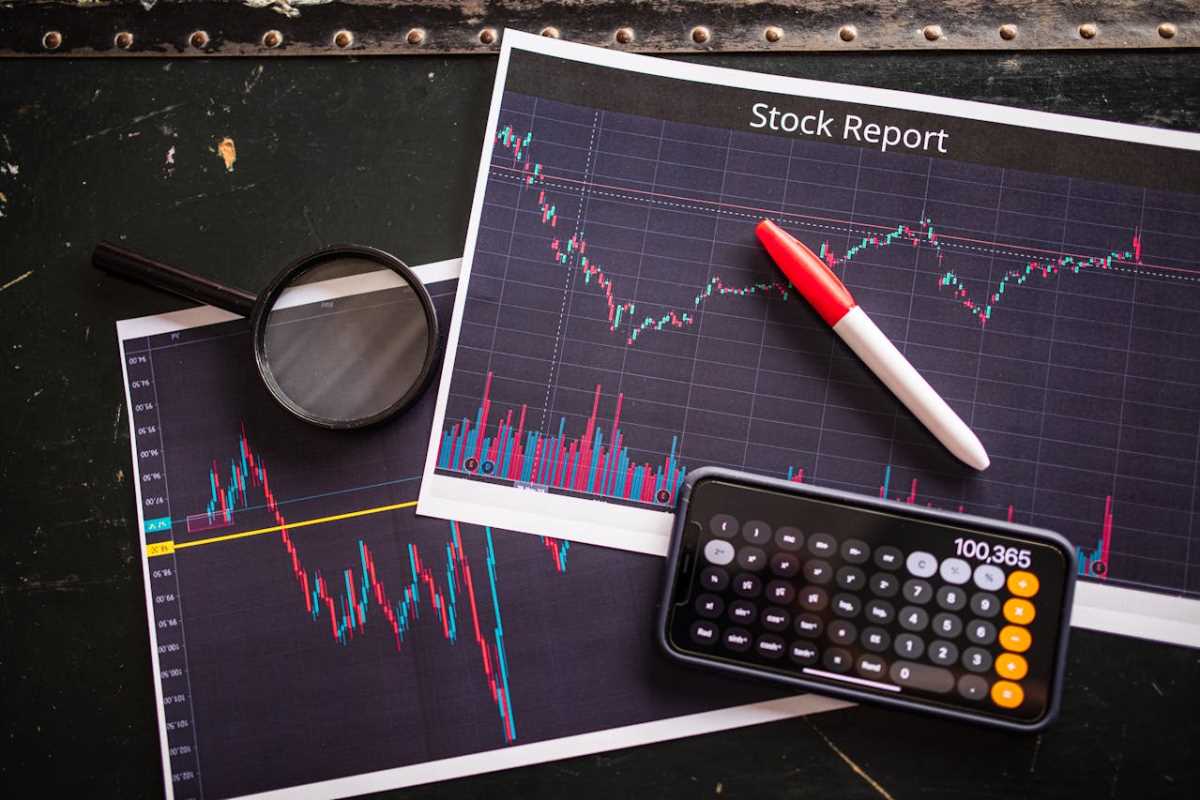 (Image via
(Image via